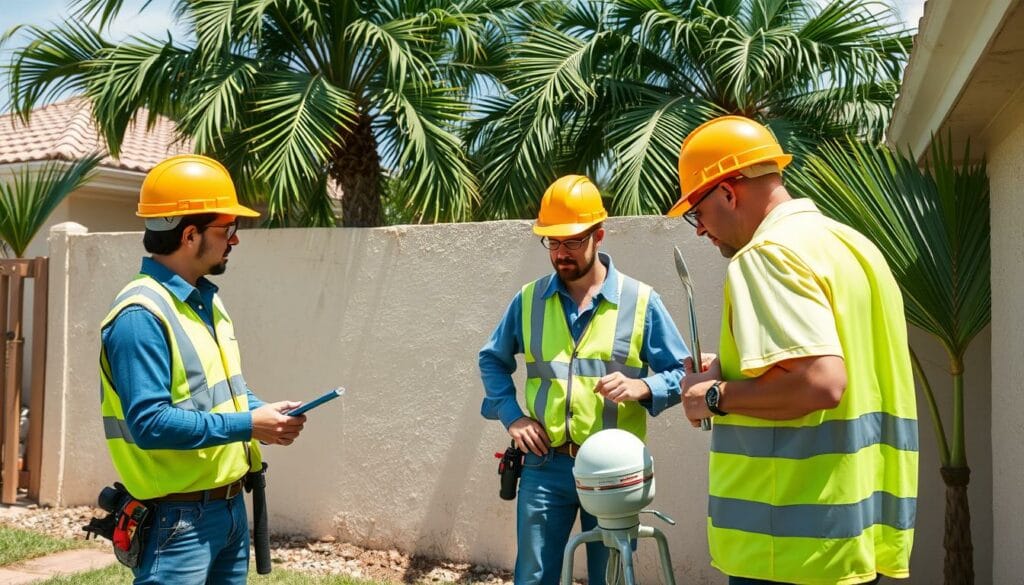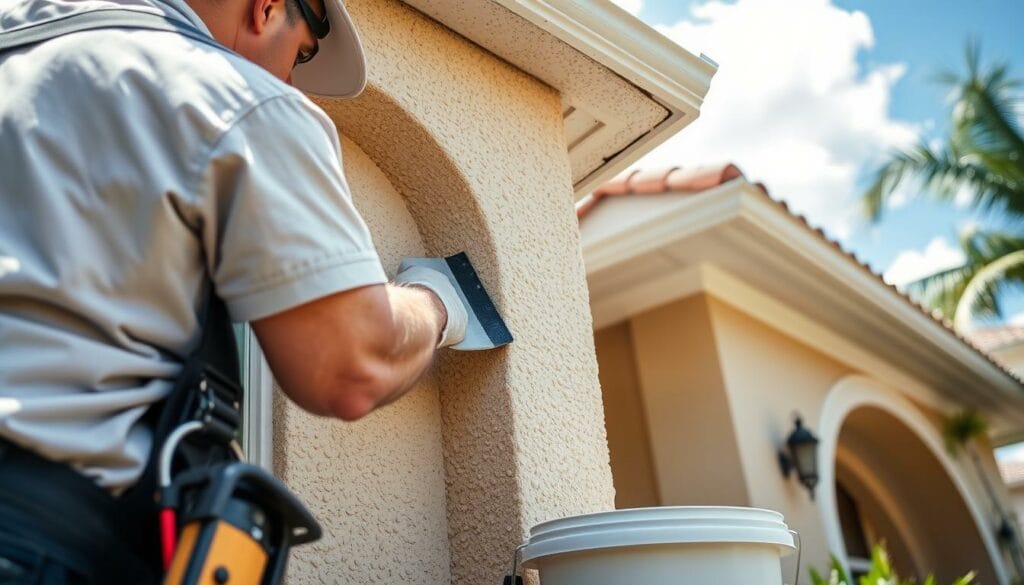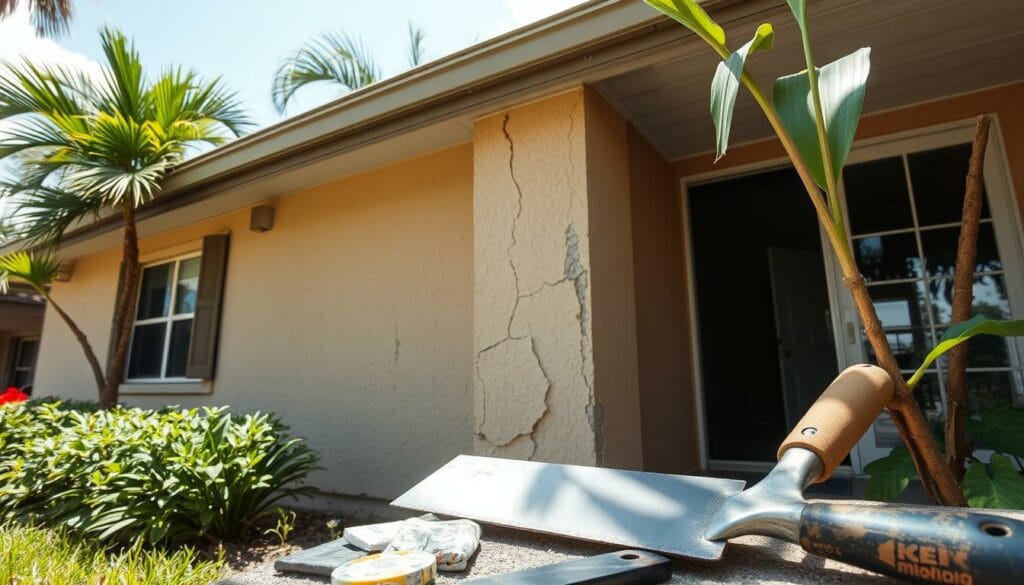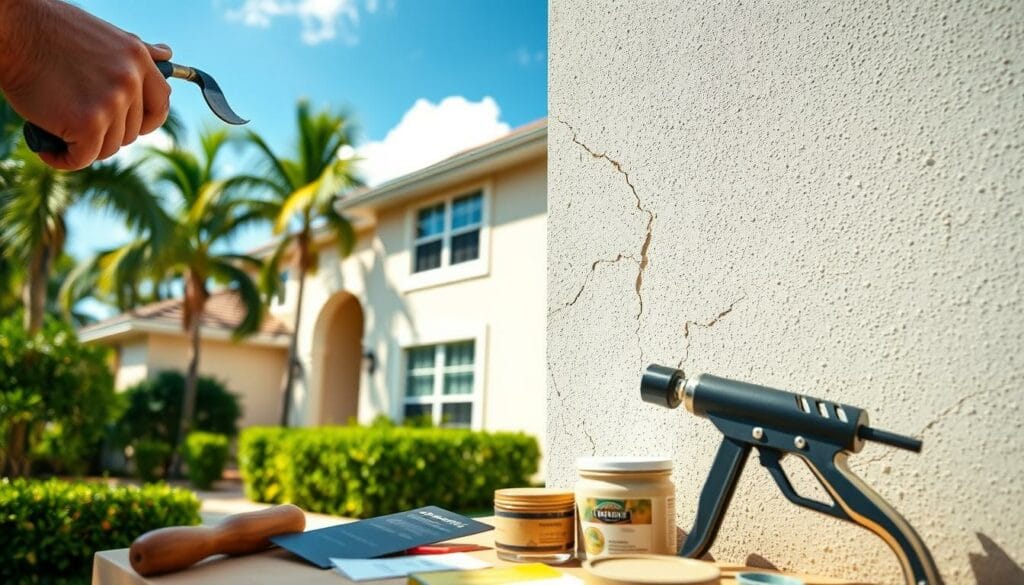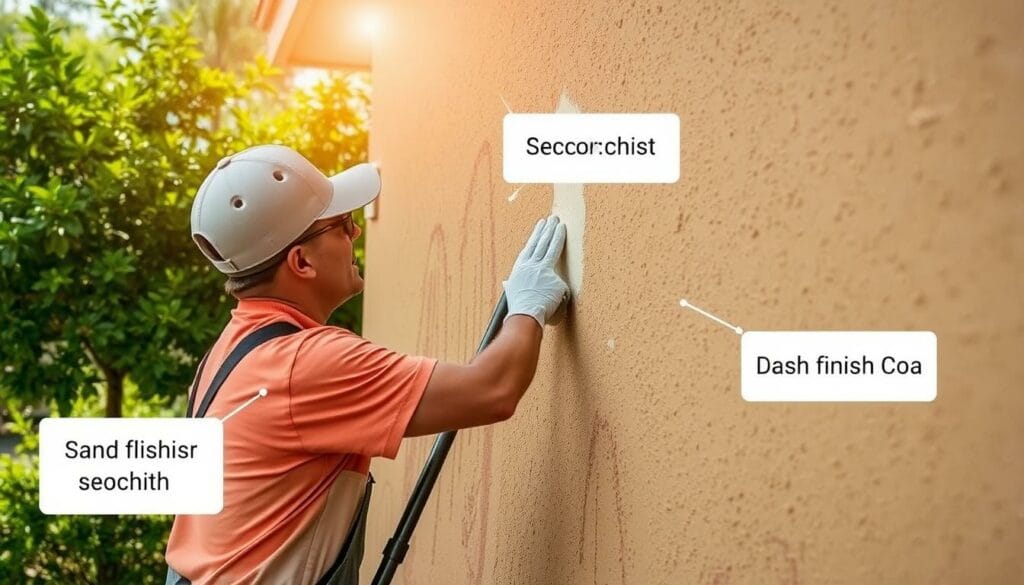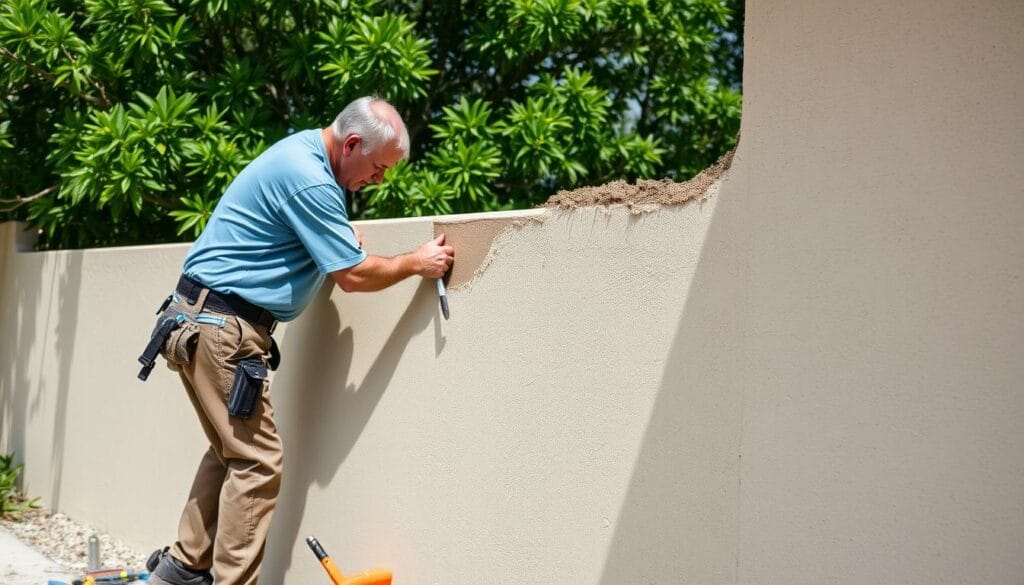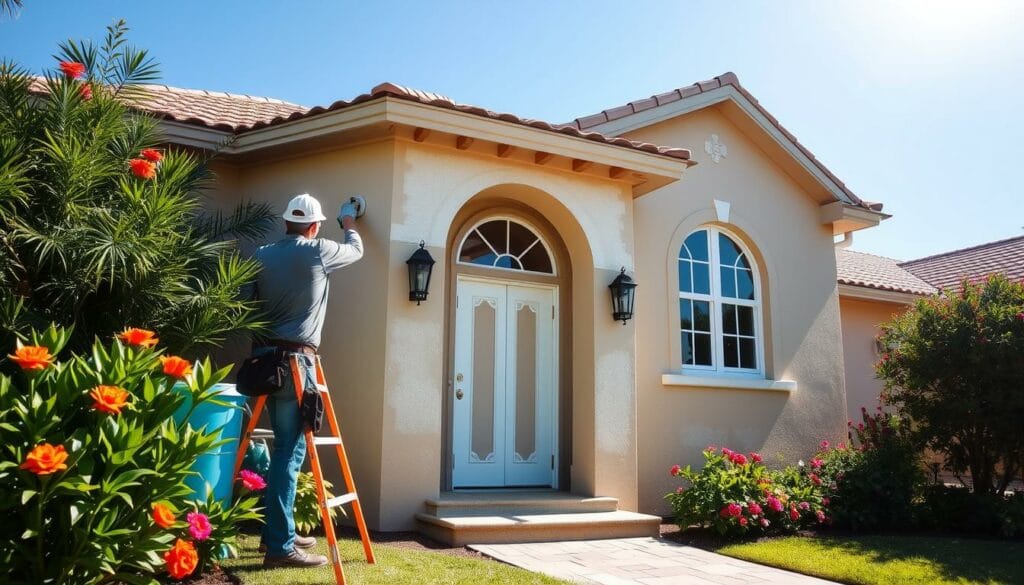How to Maintain and Clean Decorative Plaster Walls
Decorative plaster walls are loved by many in the United States. They look great and last a long time. To keep them looking their best, it's important to clean and maintain them regularly.
Regular maintenance is key to keeping decorative plaster walls in good shape. If you're unsure about how to care for your walls, consider hiring a plaster contractor. For expert help, local plastering services are a great resource.
Key Takeaways
- Regular cleaning is crucial for maintaining decorative plaster walls.
- Hiring a professional plaster contractor can be beneficial for complex tasks.
- Local plastering services offer expert assistance for decorative plaster wall maintenance.
- Proper maintenance preserves the aesthetic appeal and durability of the walls.
- Understanding the specific needs of your decorative plaster walls is essential.
Understanding Decorative Plaster Walls
Decorative plaster walls are known for their beauty and lasting quality. They are a popular choice for many homes.
What is Decorative Plaster?
Decorative plaster is a finishing material that makes surfaces smooth and attractive. It's made from water, lime, and sand. Applied in thin layers, it achieves the perfect finish. An experienced plaster company can help choose the right plaster for your project.
Why Choose Decorative Plaster?
People pick decorative plaster for its many advantages. It can be shaped and designed in many ways, offering customization. It's also strong and less likely to crack, lasting longer with care. Regular upkeep, like professional plaster repair, keeps it looking great.
Benefits of Decorative Plaster Walls
Decorative plaster walls offer several benefits. They include:
- Enhanced aesthetic appeal
- Durability and resistance to wear and tear
- The ability to be molded into unique designs
- Improved insulation properties
Knowing the benefits of decorative plaster helps homeowners decide to use it in their homes.
Regular Maintenance for Longevity
Keeping your decorative plaster walls looking good requires regular care. This way, you can keep their beauty and function for a long time. A well-kept plaster wall makes your home look better and increases its value.
Inspecting for Damage
It's important to check your plaster walls often for damage. Look for cracks, water stains, or any other damage. A licensed plaster contractor can help you understand your walls' condition and what to do next.
Importance of Cleaning
Cleaning your plaster walls is key to keeping them in good shape. Dirt and grime can harm the plaster over time. Use gentle cleaning methods and the right products to clean without damaging the plaster. This keeps your walls looking great and prevents damage.
Seasonal Maintenance Tips
Seasonal checks can spot problems early. For example, looking for water damage in spring and fall can save you money. A licensed plaster contractor can give you advice on how to care for your home seasonally.
By following these maintenance tips, you can make your decorative plaster walls last longer. This ensures they stay a beautiful part of your home for many years.
Cleaning Methods for Decorative Plaster
Decorative plaster walls need careful cleaning to keep them looking good. It's important to use gentle methods and the right products.
Gentle Cleaning Techniques
Cleaning decorative plaster walls requires a soft touch. Use a soft-bristled brush or a damp cloth to remove dust and dirt. Avoid harsh chemicals or abrasive cleaners, as they can harm the plaster.
For daily cleaning, a soft-bristled brush for dusting is enough. For deeper cleaning, a damp cloth works, but test it first to avoid damage.
Using the Right Cleaning Products
Choosing the right cleaning products is key for your plaster walls. Avoid strong detergents or chemicals. Instead, use mild, pH-neutral cleaners made for plaster.
If you have tough stains, a plaster contractor can help. They'll guide you on the best cleaning methods and products for your plaster.
Dealing with Stains and Marks
Removing stains and marks from plaster walls can be tough. But, the right approach can help. For stubborn stains, use a gentle cleaning product with a soft cloth. Avoid scrubbing hard, as it can damage the plaster.
For hard stains or big cleaning jobs, think about affordable plastering solutions from a pro. They can offer advice and services to keep your plaster looking great.
| Cleaning Method | Description | Best For |
| Dry Dusting | Using a soft-bristled brush to remove dust | Everyday maintenance |
| Damp Cloth | Gently wiping with a damp cloth | More thorough cleaning |
| Mild Cleaner | Using a pH-neutral cleaner on stains | Tough stains and marks |
Conclusion: Trust the Experts in Plastering
Decorative plaster walls need care and the right methods to keep them looking good. By following the tips in this article, homeowners can keep their plaster walls beautiful and strong.
Expert Plastering Services
For top-notch plastering, including fixing and upkeep, choose a skilled plaster company. Anicette Stucco is a trusted name for local plastering services. We help homeowners in the United States keep their plaster walls looking great.
Get in Touch with Us
We provide custom solutions to keep your plaster walls in top shape. Need professional help? Call us at (407)456-2006 or email [email protected]. We're ready to assist you, offering excellent service as your local plastering experts.
FAQ
Q: What is the best way to clean decorative plaster walls?
A: Use a soft-bristled brush or a damp cloth to clean your walls. Stay away from harsh chemicals and abrasive cleaners. They can harm the plaster. For stubborn stains, consider getting help from a professional plaster contractor.
Q: How often should I inspect my decorative plaster walls for damage?
A: Check your walls for damage at least once a season. Look for cracks or water stains. A licensed plaster contractor can help you know how to inspect and care for your walls.
Q: Can I use any cleaning product on my decorative plaster walls?
A: No, harsh chemicals and abrasive cleaners are not good for your walls. Choose gentle cleaning methods and products made for plaster. An experienced plaster company can suggest the right cleaning products for you.
Q: How can I prevent water damage to my decorative plaster walls?
A: Check your walls for water damage in spring and fall. Look for water stains or leaks. Fix any problems quickly to avoid expensive repairs. A professional plaster contractor can help.
Q: Are there affordable solutions for maintaining decorative plaster walls?
A: Yes, we have affordable plastering solutions for homeowners. Our team can guide you on how to maintain and repair your walls without spending too much.
Q: Why is regular maintenance important for decorative plaster walls?
A: Regular maintenance helps your walls last longer. By checking for damage, cleaning often, and fixing issues fast, you avoid expensive repairs. This keeps your walls looking great and lasting for years.
Need a reliable plaster contractor in Orlando, FL? Get top-quality plaster repair and installation—contact us today for a free quote and expert service!
